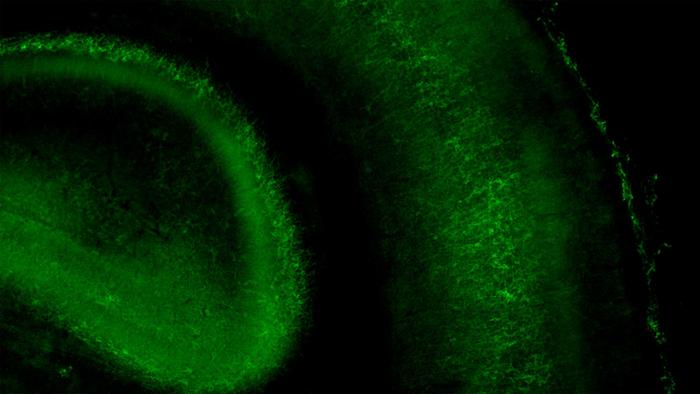A crucial protein in early brain development could hold the key to preventing autism and other neurological disorders. Researchers at Cold Spring Harbor Laboratory have identified how this protein shapes sensory circuits in newborn mice, potentially opening new avenues for early intervention in humans.
Pruning the Brain’s Connections
As our brains develop, they form trillions of neural connections. Not all of these connections are meant to last. The brain goes through a process called pruning, where unnecessary links are removed. This pruning is essential for proper brain function.
Cold Spring Harbor Laboratory Assistant Professor Gabrielle Pouchelon and her team have focused on a specific type of pruning. They studied temporary connections that form early in life and are later removed to make way for more permanent circuits.
A Protein’s Critical Role
The researchers discovered that a receptor protein called mGluR1 plays a vital role in regulating these temporary connections. In mice lacking mGluR1, neural connections in the brain region controlling whisker-based touch sensation persisted longer than they should.
“The way the receptor works seems to be different than what has been described in adulthood,” Pouchelon says. “In the context of neurodevelopmental disorders, that means when we try to target developmental defects, we could have a totally different therapeutic effect at different stages during development.”
This disruption in circuit development led to atypical behaviors in the mice. They didn’t exhibit normal exploratory behaviors, such as standing on their hind legs and sniffing their surroundings.
Crucially, this critical developmental stage occurs within the first week after birth. This timing could be significant for potential human treatments.
Dimitri Dumontier, a postdoc who co-led the study, emphasizes the importance of studying early brain development: “The brain is a wonderful machine whose job is to adapt. So, when you study neurodevelopmental disorders in adults or even teenagers, it is difficult to identify which mechanisms are causing the symptoms. That is why understanding early milestones of brain development is key.”
The researchers hope their findings could guide the development of new therapies for brain disorders. By understanding exactly how the brain matures, scientists might be able to intervene early and prevent symptoms of conditions like autism from manifesting.
This research highlights the complexity of brain development and the critical importance of timing in neural circuit formation. While the study was conducted in mice, it provides valuable insights that could potentially be applied to human brain development.
As we continue to unravel the intricacies of how our brains form, discoveries like this offer hope for new treatments and interventions. By targeting the right proteins at the right time, we may one day be able to help shape healthier brain development from the earliest stages of life.


